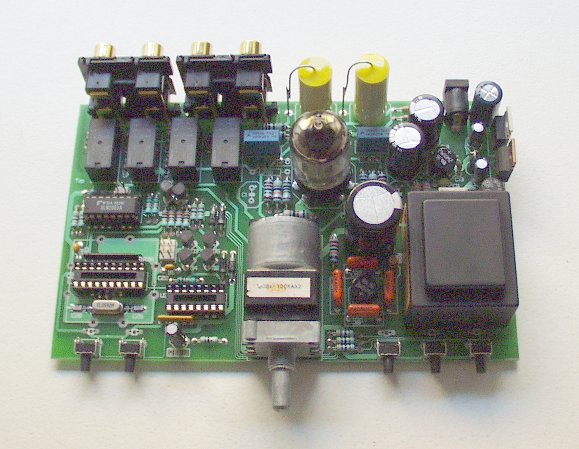I was really only thinking that this would be interesting to attempt. The end project could be whatever you wanted to put it in and configurations could be varied due to specific needs.
so here are the criteria that i see as "law" when thinking about the design:
1. PWM is necessity. frequency based switching won't work because of the audio ramifications.
2. Cheap, easy to get parts. if we have to buy special inductors then why do it at all?
3. small size. If this PS is something that people want, then it's going to have to be as small as possible so that anyone could stick it in a mic if they felt like it, but by nature this will be small anyway.
4. simple design, easy to modify for your needs( :green: that's DIY right?).
and here are some considerations that might affect the design and need to be thought about:
1. To surface mount or not? I prefer it, others don't.
2. 2 sided PCB or not? I'd rather do it one sided, it cuts complexity and cost, but routing traces around parts might affect aspects of the device(noise, false triggering, slower FET responce due to gate capacitance, etc)
3. determine input voltage. since we aren't talking about building a whole dc-dc converter, lets set the input voltage and forget about the need to track and compensate.
any more opinions/comments? :thumb:

































